Occupational safety training for operating truck-mounted cranes
99,000 ₫
Note: The above price is calculated per person and may vary depending on the number of participants in the course and market fluctuations. For more accurate pricing information, please refer to the pricing list or contact our consultation staff directly.
Occupational safety is a critical issue when operating wheel-mounted cranes and must be addressed promptly to ensure the health and safety of workers while enhancing the reputation of businesses. The Occupational Safety Training course is an effective solution to raise awareness on preventing workplace accidents for workers operating wheel-mounted cranes.
Table of Contents
Toggle1. Overview of Wheel Crane
a. What is a Wheel Crane?
A wheel crane, also called “rubber-tired crane” or “pneumatic-tired crane,” is a type of lifting vehicle equipped with pneumatic tires instead of solid wheels like other lifting machines. Pneumatic tires allow the crane to operate on uneven ground, such as rough roads or soft surfaces, absorbing bumps and minimizing vibration for the load.
Wheel cranes are commonly used in applications requiring the movement of heavy and bulky materials in industrial environments, such as warehouses, manufacturing plants, seaports, and large construction projects. Pneumatic tires reduce surface pressure and protect floors or ground surfaces, while providing flexibility and stability during lifting and transporting operations.

b. Applications of Wheel Cranes in Production
Wheel cranes have many important applications in production and industry due to their flexibility and lifting capacity. Some main applications include:
- Transporting and handling materials: Wheel cranes are often used to move and handle steel plates, steel coils, wood, stone, and other materials during production.
- Use in construction projects: Wheel cranes can move flexibly on large construction sites such as high-rise buildings, bridges, and manufacturing facilities to lift and transport heavy materials and equipment.
- Lifting materials in and out of production machines: During production, wheel cranes are used to lift and move components or materials in and out of machinery such as presses, metalworking machines, and automated production equipment.
- Assembly and maintenance processes: Wheel cranes also support assembly and maintenance of machinery and equipment in factories.
- Moving and storing materials in warehouses: Wheel cranes can efficiently move and store materials in warehouses, especially large and heavy items.
- Use in food and packaging industry: In the food and packaging industry, wheel cranes are used to lift and move containers, packaging, and production materials.

c. Industries Using Wheel Cranes
Wheel cranes are widely used in various manufacturing industries, including:
- Metal production: Steel, aluminum, copper, and other metal factories use wheel cranes to lift and transport heavy metal sheets and steel coils.
- Automobile manufacturing: In car production, wheel cranes are used to move and assemble components such as engines, chassis, and wheels.
- Electronics manufacturing: Electronic component factories use wheel cranes to transport and assemble electronic parts and circuit boards.
- Wood and furniture manufacturing: In wood and furniture production, wheel cranes are used to lift and move wood panels, furniture, and related building materials.
- Food and packaging manufacturing: Factories producing food and packaging use wheel cranes to lift and move containers, packaging, and raw materials.
- Energy production: In energy projects, such as power generation, wheel cranes are used to transport and install components like turbines and generators.
- Chemical production: Chemical factories use wheel cranes to move and handle chemical products and packaging.
Thus, wheel cranes can be applied in many manufacturing industries to improve efficiency and save time and effort when handling heavy and bulky materials.
2. Overview of Safety Training for Wheel Crane Operation
a. What is Occupational Safety Training?
- Occupational safety training for operating wheel cranes consists of sessions that raise awareness about preventing workplace accidents. Workers directly working with wheel cranes belong to Group 3.
- Safety training helps workers identify and avoid hazards, reducing the risk of workplace accidents during operations.
REGISTER FOR OCCUPATIONAL SAFETY TRAINING
b. Training Duration
Initial safety training duration:
- Total training hours must be at least 24 hours, including examination time.
- 8 hours of theory on policies, laws, and occupational safety regulations
- 8 hours of theory on basic knowledge of occupational safety
- 4 hours of theory on specialized training content
- 2 hours of practical training on specialized content
- 2 hours of theory exam at the end of the course
The training center arranges sessions depending on workers’ schedules, usually 6 sessions over 3 days if the company provides continuous time.
Periodic safety training:
- Before the occupational safety card expires, workers seeking renewal must undergo periodic safety training lasting at least 50% of the initial training duration.
Explanation: Total periodic training must be at least 12 hours, including examination time. After passing the course and exam, workers will be reissued or extended their safety card.
c. Training Content
| No. | TRAINING CONTENT | TRAINING HOURS | |||
| Total | Including | ||||
| Theory | Practice | Exam | |||
| I | Policies and laws on occupational safety and hygiene | 8 | 8 | 0 | 0 |
| 1 | Overview of legal documents on occupational safety and hygiene. | 6 | 6 | ||
| 2 | Standards and technical regulations on occupational safety and hygiene. | 1 | 1 | ||
| 3 | Specific regulations from authorities on occupational safety for construction, expansion, or renovation of facilities, and management of machinery, equipment, and hazardous substances. | 1 | 1 | ||
| II | Basic knowledge of occupational safety and hygiene | 8 | 8 | 0 | 0 |
| 1 | Basic knowledge of hazards and harmful factors at the workplace. | 4 | 4 | ||
| 2 | Methods to improve working conditions. | 1 | 1 | ||
| 3 | Safety culture in production and business. | 1 | 1 | ||
| 4 | Rights and obligations of employers and employees; policies on occupational safety; roles of safety staff. | 1 | 1 | ||
| 5 | Occupational safety rules, signs, use of safety equipment and personal protective gear; first aid and occupational disease prevention skills. | 1 | 1 | ||
| III | Specialized training content | 6 | 4 | 2 | 0 |
| Comprehensive knowledge of machinery, equipment, hazardous materials; risk analysis, management, and safe working procedures. | 6 | 4 | 2 | ||
| IV | End-of-course safety exam | 2 | 2 | 0 | 0 |
| Total | 24 | 22 | 2 | ||
See more training content of 6 groups
d. Occupational Safety Card
After completing the occupational safety training and passing the exam, workers will be issued a safety card (commonly called occupational safety certificate Group 3).
The Group 3 safety card shows the worker’s full name, date of birth, specific job, and working environment, along with training duration, red stamp, and signature confirming course completion.
According to Clause 2 of Article 24, Decree 44/2016/ND-CP, there are two cases:
- If the employer and employee have a labor contract, the employer must sign, stamp, and affix a seal on the safety card for Group 3 workers after completing the training and passing the exam.
- If the worker is freelance or seasonal without a labor contract, the training unit must sign, stamp, and affix a seal on the safety card after completing the training and passing the exam.

3. Hazards When Operating Wheel Cranes
Operating wheel cranes can involve many hazards, and failing to follow safety rules can cause serious injuries and accidents. Here are some common hazards when operating wheel cranes:
- Overloading: Exceeding the lifting capacity of a wheel crane can damage the equipment and endanger workers and cargo. This may lead to serious accidents or crane collapse.
- Collapse: If the crane is not properly positioned and stabilized, it may collapse while lifting or moving heavy loads, causing injuries and significant damage.
- Collision and impact: During operation, wheel cranes may collide with other objects, forklifts, or workers, potentially causing injuries and equipment damage.
- Shock and vibration: Pneumatic tires may not conform well to uneven surfaces, causing shocks and vibrations to cargo or workers.
- Failure to follow safety rules: Not following basic safety rules, such as not using safety harnesses, not wearing helmets, or ignoring manufacturer instructions and safety regulations, can lead to accidents.
- Unsafe working conditions: Unsafe work environments, such as weak floors, poor lighting, or adverse weather, increase the risk of accidents during crane operation.
- Insufficient training: Crane operators must be fully trained in crane operation, safety, and emergency procedures. Lack of knowledge and skills can lead to accidents.
To minimize risks and ensure safety when operating wheel cranes, workers must follow all safety regulations, ensure equipment is regularly maintained, and implement appropriate safety measures during operations.

4. Measures to Control Workplace Accidents When Operating Wheel Cranes
To control and reduce workplace accidents during wheel crane operation, several important safety measures should be implemented. Here are key measures:
- Full training: Ensure all workers, including crane operators and nearby personnel, are fully trained in crane operation, safety, and emergency procedures. Training should be provided regularly and updated when processes or equipment change.
- Regular equipment inspection: Conduct periodic checks and maintenance of wheel cranes to ensure safe and effective operation. Any malfunctions must be repaired immediately.
- Load monitoring: Adhere to the crane’s load limits and never exceed them. Use load charts and warning systems to monitor loads.
- Check working conditions: Ensure the work environment is safe and healthy, including checking floors, lighting, and weather conditions before operating the crane.
- Use safety equipment: Wear full safety gear such as helmets, safety shoes, gloves, and protective clothing when working near cranes.
- Identify and mark danger zones: Clearly mark hazardous areas around cranes and restrict access to these zones.
- Communication: Establish clear communication rules between operators and surrounding workers. Use warning signals and communication devices to ensure effective information flow.
- Follow safety rules: Comply with all applicable safety rules and regulations for wheel crane operation.
- Risk management: Identify and manage potential risks and implement measures to reduce them.
- Use warning and monitoring systems: Employ warning and monitoring systems to track crane activity and detect issues early.
- Periodic inspection of wheel cranes helps detect safety issues such as wear, mechanical faults, or malfunctions, reducing the risk of workplace accidents.
5. Benefits of Workplace Safety Training
An Toan Nam Viet provides businesses with the following benefits after completing safety training courses in accordance with Decree 44/2016/ND-CP on occupational safety and hygiene:
- Workers can identify potential workplace hazards and take preventive measures to avoid accidents.
- Businesses can implement risk prevention measures in production, operation, and maintenance processes.
- Reduce costs associated with workplace safety risks.
- Uninterrupted production increases labor productivity and product quality.
- Ensure compliance with labor safety laws, avoiding legal risks.
- Enhance professionalism and credibility, boosting the company’s brand image.
Nam Viet training courses provide solutions to prevent external hazards from impacting individuals, helping them avoid injuries or worse, fatalities.
REGISTER FOR WORKPLACE SAFETY TRAINING
6. Customer Feedback After Completing Training
An Toan Nam Viet has years of experience supporting businesses in Vietnam, particularly in the southern provinces. This responsibility is highly valued, which is why our Workplace Safety Training is continually improved professionally. Positive feedback and suggestions from partners have been key to our growth. Below are feedback excerpts from our clients.
See more customer interviews after using our services at An Toan Nam Viet
7. An Toan Nam Viet Workplace Safety Training Capabilities
An Toan Nam Viet is a reputable and high-quality workplace safety training center in Vietnam, conducting courses continuously at factories, workshops, and construction sites nationwide (all 63 provinces in Vietnam).
REGISTER FOR WORKPLACE SAFETY TRAINING
Workplace Safety Training License
- An Toan Nam Viet has been inspected and certified by the Department of Occupational Safety – Ministry of Labor, Invalids and Social Affairs, confirming our capacity to conduct workplace safety training.

Training Materials
- All training materials are reviewed and verified before being used in ATLĐ courses to ensure accurate knowledge and effective application.
- Instructors use standardized teaching methods developed by An Toan Nam Viet experts to maximize knowledge retention.
Facilities
- Controlling classroom conditions enhances teaching efficiency and knowledge retention.
- Our training facilities include spacious classrooms meeting standard requirements for lighting and training equipment.
8. Nationally Reputable Workplace Safety Training Center
At An Toan Nam Viet, workplace safety education is a top priority. We aim to equip workers with self-protection knowledge, contributing to national development.
We meticulously prepare every aspect of training, from tools, equipment, curricula, materials, sound, and lighting.
Our trainers are experienced experts, with research on hazard identification and prevention across various industries.
Lectures are practical, vivid, and easy to understand, ensuring learners comfortably absorb knowledge. Content is fully compliant with Decree 44/2016/ND-CP.
Our training center is proud to offer professional safety training with advantages:
- Competitive training costs with ensured quality.
- Flexible schedules adapted to company production.
- Fast and legal certification procedures.
- Experienced instructors.
- Classroom conditions optimized for effective teaching and learning.
- Lectures tailored to workplace safety for enterprises.
- Dedicated, professional service ensuring accurate support for clients.

9. Additional Workplace Safety Training Materials
- Safety materials for operating wheel cranes
- Complete workplace safety training materials
- Workplace safety training test set
- Multiple-choice safety test for wheel crane operation
- Training slides for wheel crane operation safety
1 review for Occupational safety training for operating truck-mounted cranes
No comments yet

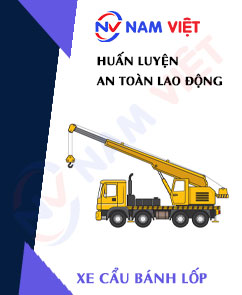
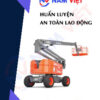
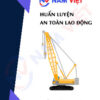



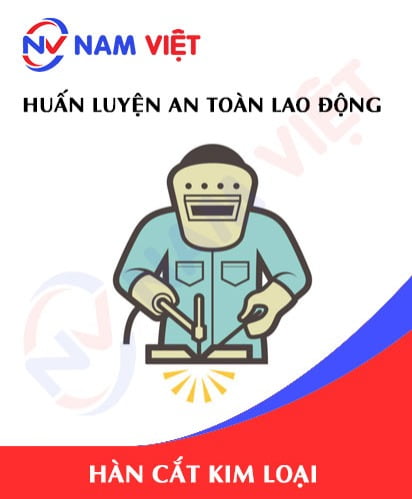
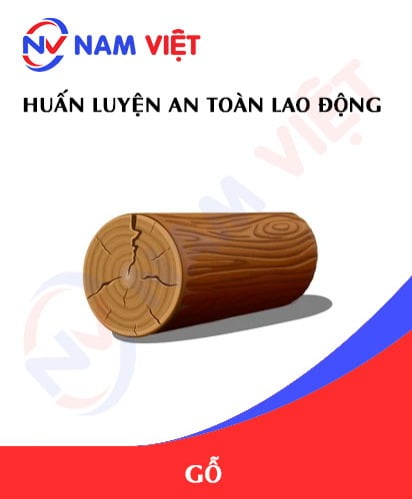
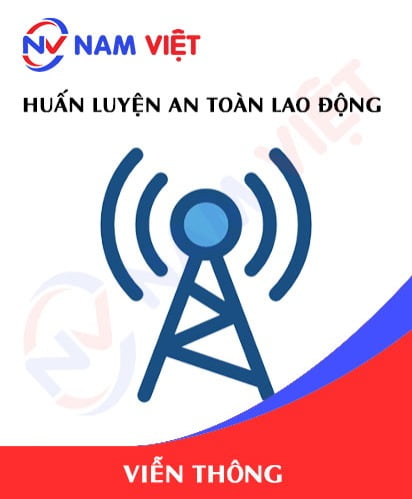
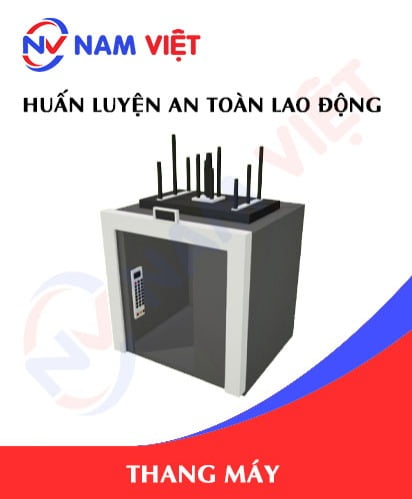
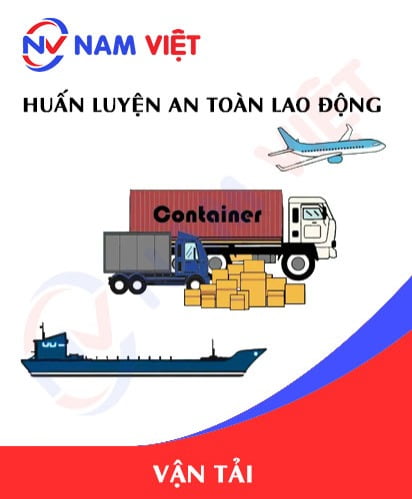


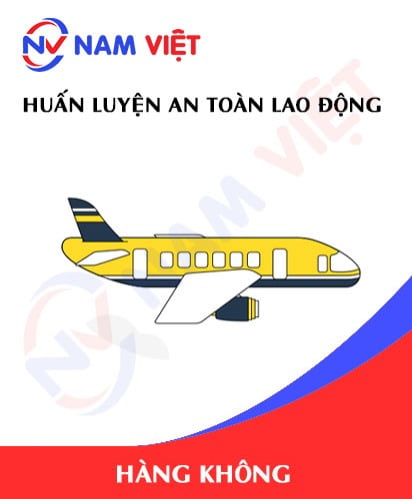
phanminhhang341
Very good safety training service